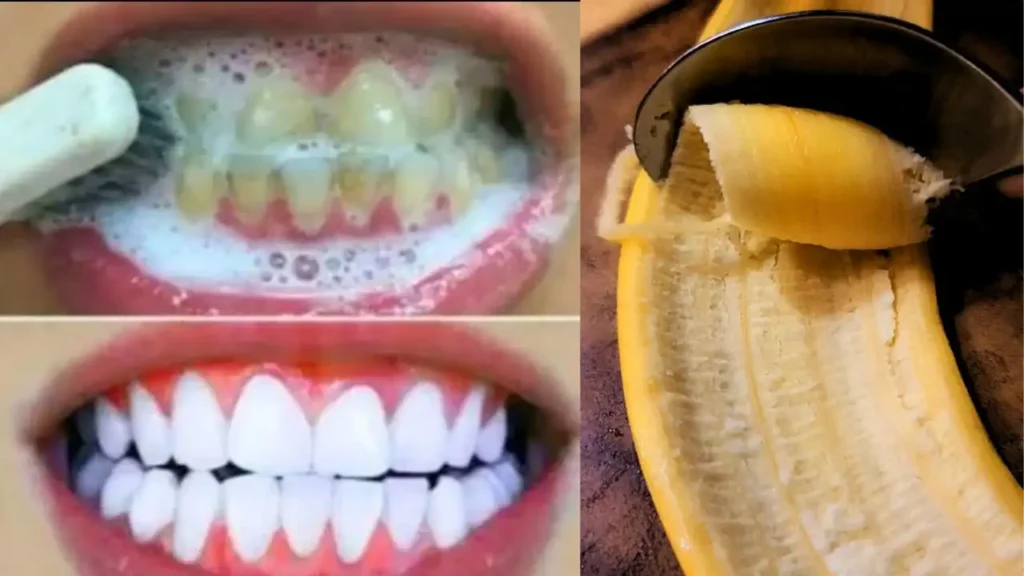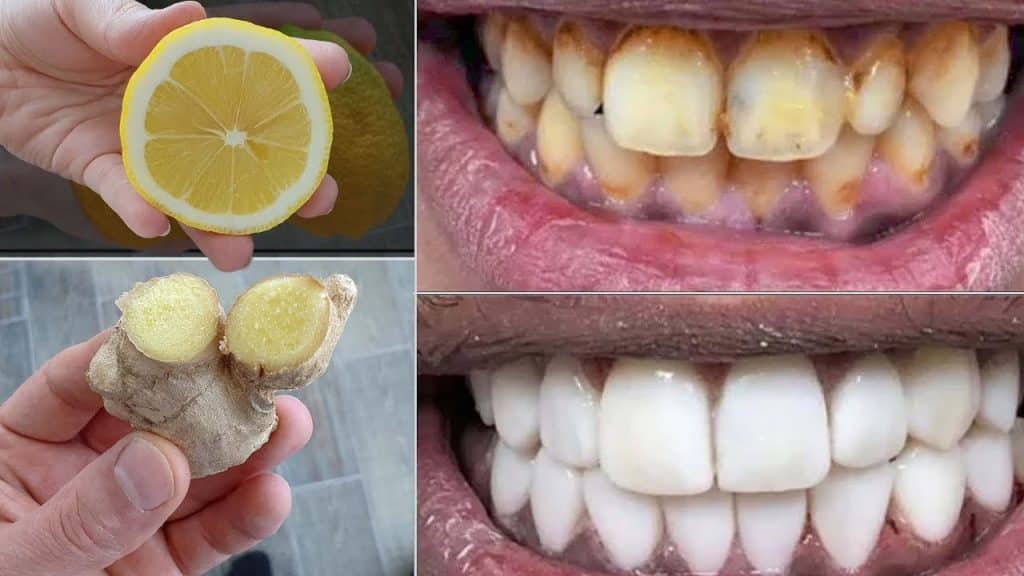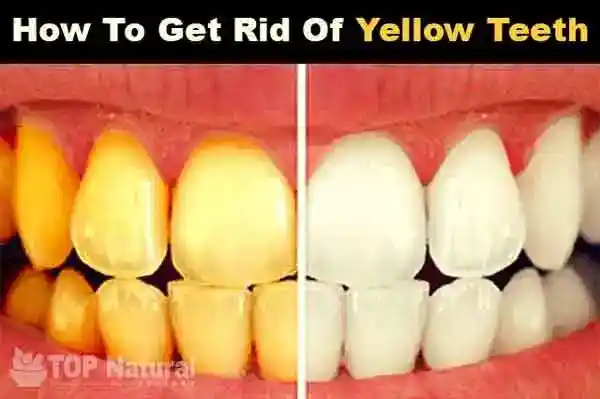Introduction
Welcome to our comprehensive guide on teeth whitening! If you’ve ever wondered how to achieve a dazzling smile, you’re in the right place. Teeth whitening not only enhances your appearance but also boosts your confidence and improves the perception of your overall health. In this article, we’ll explore various methods of teeth whitening, from natural remedies to professional treatments, and offer tips on maintaining that bright smile. Let’s dive in and discover the secrets to whiter teeth!

Importance of Teeth Whitening
Aesthetics
A bright, white smile is often seen as a symbol of beauty and good health. White teeth can enhance your overall appearance, making you look younger and more vibrant. In a world where first impressions matter, having a bright smile can give you an edge in both personal and professional settings.
Confidence Boost
Whiter teeth can significantly boost your self-esteem. When you feel good about your smile, you’re more likely to show it off, which can lead to positive interactions and increased confidence in social situations. A bright smile can help you feel more attractive and self-assured.
Health Perception
White teeth are often associated with good health and hygiene. While teeth whitening primarily improves aesthetics, it can also reflect your commitment to taking care of your oral health. This perception can influence how others view you, enhancing your overall image.
Common Causes of Teeth Discoloration
Diet
Certain foods and drinks are notorious for staining teeth. Coffee, tea, red wine, and dark berries are common culprits. These items contain chromogens, which are pigmented compounds that adhere to the enamel, leading to discoloration over time.
Lifestyle Habits
Smoking and poor oral hygiene are significant contributors to teeth discoloration. The tar and nicotine in tobacco can cause yellow or brown stains on teeth. Additionally, neglecting proper brushing and flossing can lead to plaque buildup, which can also discolor teeth.
Aging
As we age, the enamel on our teeth gradually wears down, revealing the yellowish dentin underneath. This natural process can cause teeth to appear more yellow or stained over time.
Medications
Certain medications, such as antibiotics like tetracycline, can cause teeth discoloration, especially if taken during childhood when teeth are still developing. Some antihistamines, antipsychotics, and high blood pressure medications can also contribute to discoloration.
Natural Teeth Whitening Methods
Charcoal
Activated charcoal has gained popularity as a natural teeth-whitening remedy. It works by absorbing plaque and stains on the teeth. However, it’s important to use it cautiously, as its abrasive nature can wear down enamel if used excessively. To use, wet your toothbrush, dip it into activated charcoal powder, and brush gently for two minutes before rinsing thoroughly.
Baking Soda
Baking soda is a mild abrasive that can help remove surface stains on teeth. It also has natural whitening properties. To use, mix a small amount of baking soda with water to form a paste, and brush your teeth with it for two minutes. Be mindful not to use it too often, as it can erode enamel over time.
Hydrogen Peroxide
Hydrogen peroxide is a common ingredient in many whitening products. It can be used as a mouth rinse or mixed with baking soda to form a paste. Use a solution with a concentration of no more than 3% and rinse your mouth for 30 seconds. Alternatively, brush your teeth with a paste made from hydrogen peroxide and baking soda for two minutes.
Oil Pulling
Oil pulling involves swishing oil, such as coconut or sesame oil, in your mouth for 15-20 minutes. This ancient practice is believed to remove toxins and reduce plaque buildup, which can help whiten teeth over time. After swishing, spit out the oil and rinse your mouth with water.
Over-the-Counter Whitening Products
Whitening Toothpaste
Whitening toothpaste contains mild abrasives and chemical agents that help remove surface stains. While they can be effective for minor discoloration, they may not significantly whiten teeth. For best results, use whitening toothpaste regularly and follow the instructions on the packaging.
Whitening Strips
Whitening strips are thin, flexible plastic strips coated with a peroxide-based whitening gel. They are applied directly to the teeth and worn for a specified amount of time, usually 30 minutes. Results can be seen in a few days and can last for several months.
Whitening Gels and Trays
Whitening gels and trays are more intensive treatments that involve applying a peroxide-based gel to the teeth using custom-fitted trays. These kits can be purchased over-the-counter or provided by a dentist. Follow the instructions carefully to avoid irritation and achieve the best results.
Whitening Mouthwash
Whitening mouthwash contains hydrogen peroxide and other whitening agents. It can help remove surface stains and freshen breath. For best results, use the mouthwash daily and follow the recommended usage guidelines.
Professional Teeth Whitening
In-Office Whitening
In-office whitening is performed by a dentist and offers the most dramatic results. The procedure involves applying a high-concentration peroxide gel to the teeth and using a special light or laser to enhance the whitening effect. Results are immediate, and the treatment typically takes about an hour.
At-Home Kits
Dentists can provide at-home whitening kits that include custom-fitted trays and a peroxide-based gel. These kits are more potent than over-the-counter options and offer professional-level results. Follow your dentist’s instructions to ensure safe and effective use.
Laser Whitening
Laser whitening is a quick and effective method that uses laser technology to activate a whitening agent applied to the teeth. This procedure can lighten teeth by several shades in just one session. It’s ideal for those seeking fast, noticeable results.
Tips for Maintaining White Teeth
Diet Adjustments
To maintain white teeth, be mindful of your diet. Avoid foods and drinks that stain, such as coffee, tea, red wine, and dark berries. If you do consume them, rinse your mouth with water afterward to minimize staining.
Oral Hygiene
Maintaining good oral hygiene is crucial for keeping teeth white. Brush your teeth at least twice a day with fluoride toothpaste, floss daily, and visit your dentist regularly for cleanings and check-ups.
Avoiding Stain-Causing Habits
Avoid smoking and other tobacco products, as they can cause significant staining. If you smoke, consider quitting to improve both your oral health and the appearance of your teeth.
Using Straws
When drinking staining beverages, use a straw to minimize contact with your teeth. This simple habit can help reduce the risk of discoloration.
Common Myths About Teeth Whitening
Myth-Busting
There are many myths about teeth whitening that can cause confusion. For example, some people believe that whitening damages teeth, but when done correctly, it’s safe and effective. Another myth is that whitening toothpaste can significantly change the color of your teeth, but it only removes surface stains.
Scientific Explanations
Teeth whitening products and procedures work by breaking down stains on the enamel and dentin layers of the teeth. Whitening agents like hydrogen peroxide penetrate these layers to remove deep-seated stains without damaging the tooth structure when used as directed.
Potential Side Effects and Risks
Sensitivity
Teeth sensitivity is a common side effect of whitening. It occurs when the peroxide in whitening products penetrates the enamel and reaches the nerves. To manage sensitivity, use toothpaste for sensitive teeth and avoid overly hot or cold foods and drinks.
Gum Irritation
Gum irritation can occur if the whitening gel comes into contact with the gums. To prevent this, carefully apply the gel to the teeth only and follow the product instructions. If irritation persists, discontinue use and consult your dentist.
Overuse Risks
Overuse of whitening products can lead to enamel erosion and increased sensitivity. Follow the recommended usage guidelines and avoid excessive whitening treatments to protect your teeth.
Conclusion
In summary, teeth whitening can enhance your smile and boost your confidence. By understanding the causes of teeth discoloration and exploring various whitening methods, you can achieve and maintain a brighter smile. Remember to practice good oral hygiene, make mindful dietary choices, and consult your dentist for professional advice and treatments. Thank you for reading, and don’t forget to like, comment, and subscribe for more tips on achieving a beautiful, healthy smile!
Additional Resources (Optional)
For further reading, check out these articles and studies on teeth whitening:
- The Science Behind Teeth Whitening
- Top 10 Teeth Whitening Products Reviewed
- Natural Teeth Whitening Remedies: What Works?
For product recommendations and affiliate links:
If you have any questions or need more advice, feel free to reach out to us through our contact page. We’re here to help you achieve the smile of your dreams!


